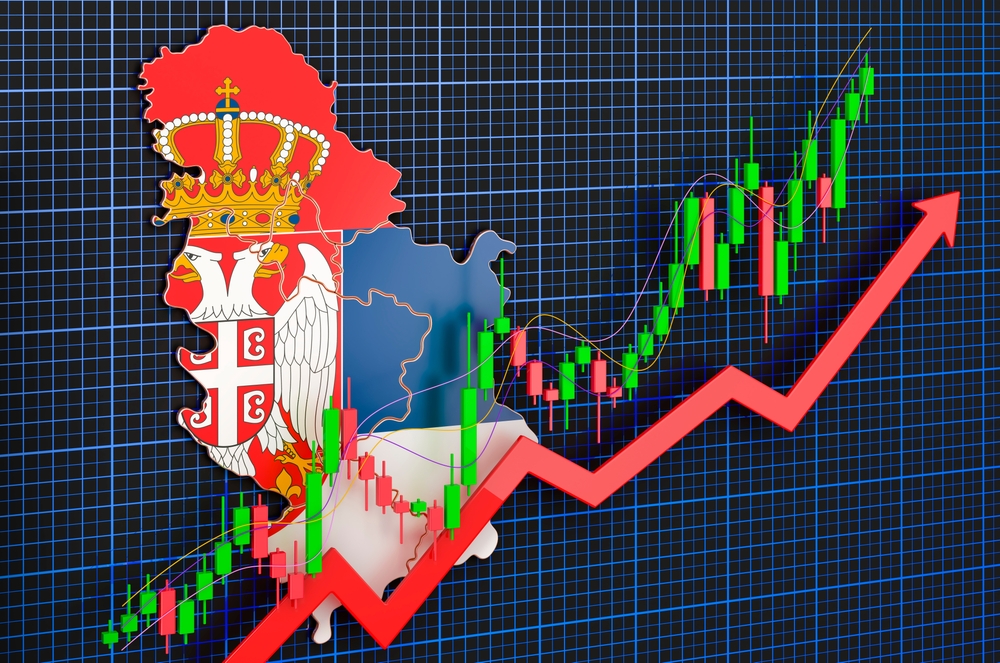nightglow.info – The Serbian economy has undergone significant transformations over the years, evolving from a predominantly agricultural base to a modern industrial powerhouse. This journey reflects the broader shifts in economic policies and global market dynamics that have shaped the nation’s economic landscape.
Early Economic Structures
In the early years, agriculture was the backbone of the Serbian economy, with a significant portion of the population engaged in farming. The shift from livestock to crop production and from commercial to subsistence farming marked a notable change in agricultural practices. This transition was part of a broader economic restructuring that occurred after the break with the Soviet bloc in 1948, when Yugoslavia adopted a socialist economic system. This system, modeled on institutions in the Soviet Union, allowed for increasing opportunities for individual enterprise, although it also led to the establishment of collective farms, which were later abandoned due to their unpopularity.
Industrial Growth and Challenges
The industrial sector in Serbia also experienced significant growth, particularly in the manufacturing of consumer durables and single-use commodities. However, this growth was not without challenges. The economy faced widespread criminality and corruption, which took a toll on productivity and competitiveness in global markets. Additionally, the diversification of the economy away from agriculture was relatively slow, and industrial growth was based on less productive, labor-intensive sectors.
Modernization and Economic Reforms
The early 21st century saw a shift towards privatization and economic reforms, which aimed to modernize the Serbian economy. The transition from a socialist system to a more market-oriented economy has been gradual, with significant progress in the industrial sector. The automotive industry, machinery, mining, and agriculture are now among the strongest sectors of the Serbian economy. The country’s main industrial exports include motor vehicles, electrical machines, non-ferrous metals, rubber and plastics products, and chemicals.
Current Economic Landscape
Today, the Serbian economy is a service-based upper-middle income economy, with the tertiary sector accounting for two-thirds of the total gross domestic product (GDP). The economy functions on the principles of the free market, and nominal GDP in 2024 is projected to reach $81 billion. The country is also a member of various trade organizations, including CEFTA, BSEC, AIIB, Open Balkan, World Bank, IMF, and WTO (Observer).
Challenges and Opportunities
Despite its progress, the Serbian economy faces several challenges, including high public debt and a need for further diversification of its industrial base. However, it also presents significant opportunities, particularly in sectors such as renewable energy, digital technology, and sustainable agriculture. The government’s focus on attracting foreign direct investment and enhancing regional cooperation is expected to play a crucial role in shaping the future of the Serbian economy.
In conclusion, the Serbian economy has come a long way from its agricultural roots to becoming a modern industrial economy. The journey has been marked by significant reforms, challenges, and opportunities. As the country continues to navigate these complexities, it is poised to achieve greater economic growth and prosperity.
